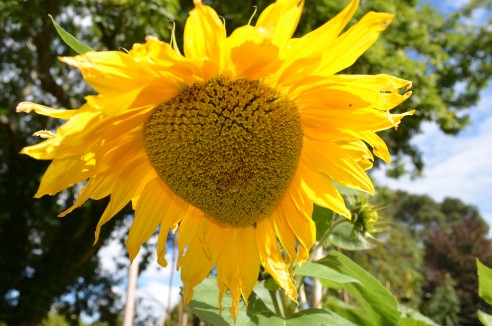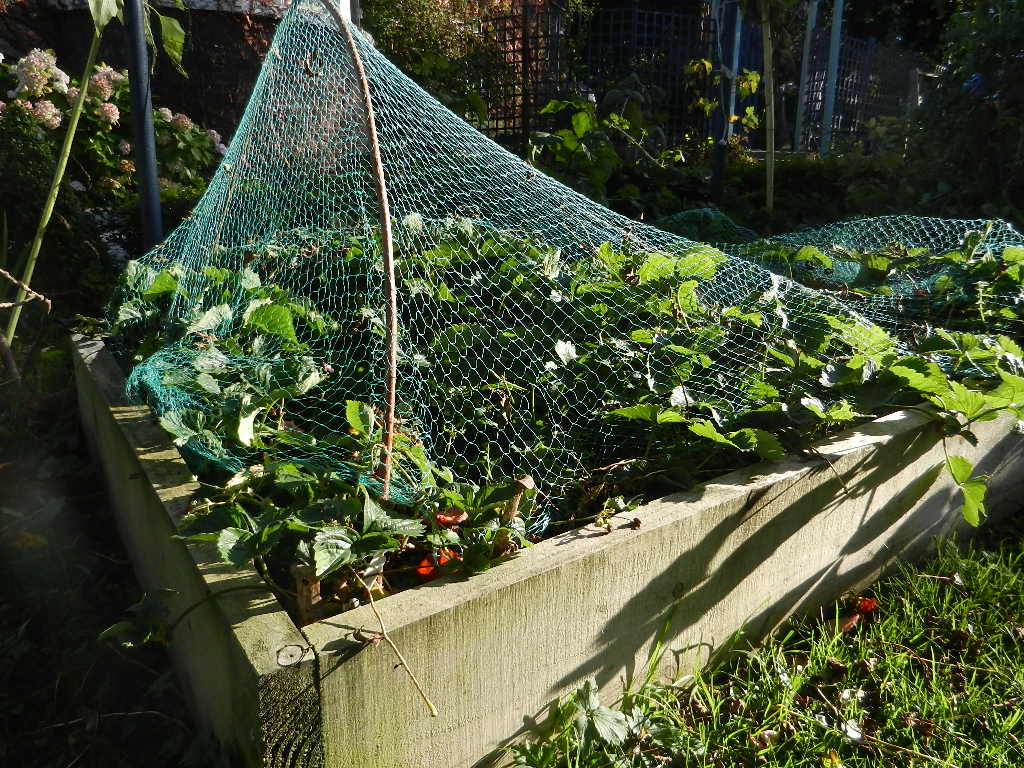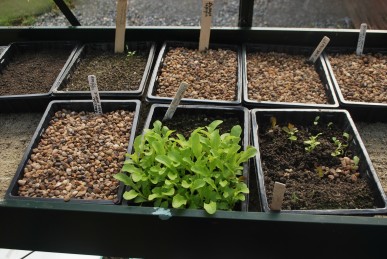Prepare for Summer. Contact: Annmarie 087 2256365
Category Archives: general
Strawberry Plants
Prepare your strawberry plants for a bumper crop next year.
Remove weeds, new runner plants, pot up or replant into a better position.
Spring Classes
Spring Classes Starting April 12 2016. Contact Annmarie 087-2256365 for details.
Have now in stock some fabulous Irish peat free compost €7.00 per bag.
If you want a bulk order 10 or more bags, I can deliver within Dublin.



